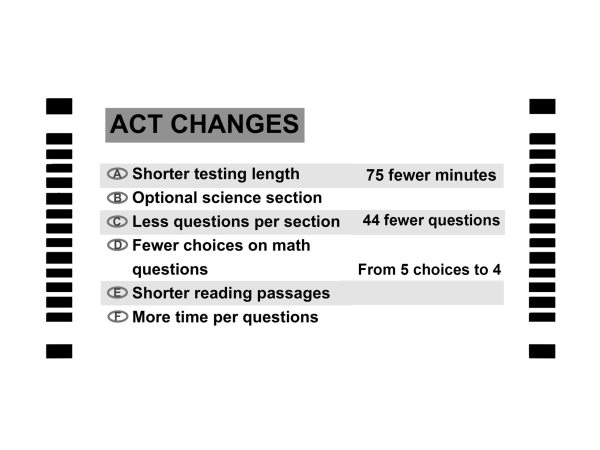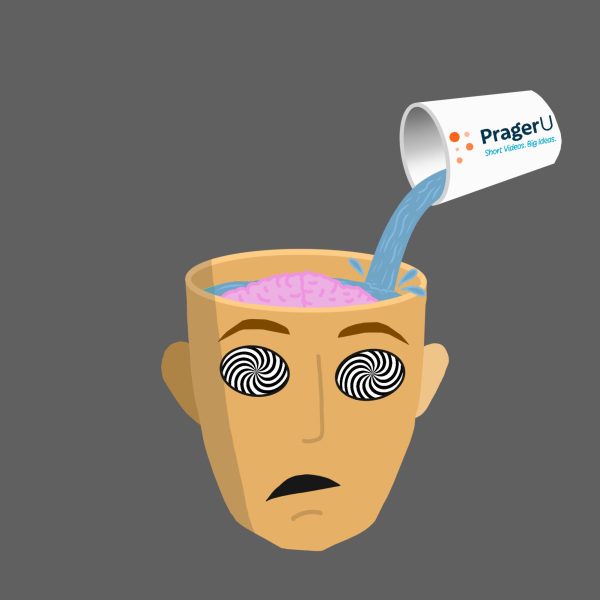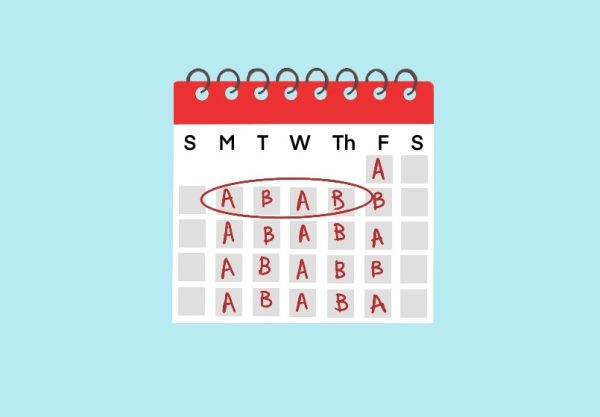AP classes more beneficial to students than Dual Enrollment
With the fast arrival of AP exams and end-of-the-year tests, many students are stressed beyond belief. Hours of studying, countless late nights and cups of coffee have some questioning their mere decision to take AP classes.
With the demanding coursework and fast tempo, it is no surprise that these courses can be somewhat off-putting. However, AP classes remain superior to dual enrollment classes.
During my high school career, I have taken eight AP courses, all which offered their fair share of stress and homework. My peers and I often turned to each other for support in the classes. We formed study groups together and helped one another understand the coursework.
These classmates, however, were not limited to the students physically in my class. I found it extremely helpful to ask my friends from other schools and cities for assistance with some assignments. Due to the fact that AP course curriculum is standardized across the nation, resources are infinite.
This nationwide standardization ensures equal learning opportunities for all AP students. By requiring teachers to follow a specific lesson plan throughout the year, AP classes become the great equalizer in the school community. Students in various schools and cities learn the same thing at approximately the same time.
In dual enrollment classes, however, coursework is not equal. College professors have their own agendas and follow their coursework. This leads to radical variations of the same class, depending on the college in which the class is being taken.
Furthermore, the requirement of the end of year AP exam ensures that students properly learn the material in order to receive a college credit. A passing grade on the exam gives the people who put in a year of intense, hard work and effort their rightful reward. A semester-long dual enrollment class gives college credit for half of the time and effort an AP student puts into his or her class.
AP classes also provide students with a more personal relationship with the instructor, allowing for deeper understanding and for an easier time learning the material. AP classes tend to be smaller than regular and honors high school courses, and they are drastically smaller than a lecture hall filled with college students in a dual enrollment class. In AP classes, teachers have the opportunity to work one-on-one with their students, building a bond of trust and developing good communication between student and teacher. The small settings make students feel more inclined to participate when they cannot hide behind hundreds of others.
Overall, AP courses offer a sturdier education, and they provide students with a better learning opportunity. We have four years of college to sit in lecture halls and listen to professors. It is far better to enjoy high school while we are in it and take advantage of the opportunities we are given now. AP classes will remain superior to dual enrollment because they offer the rigor of a college class with all the benefits of a high school environment.
Morgan is a senior and this is her first year on The Southerner, but she is excited to be writing. When she is not writing she can be found in the theater...





